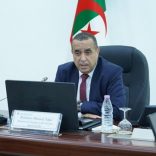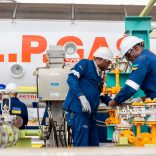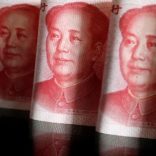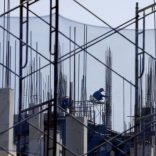Mozambique: Natural gas dethrones coal as greatest export in Q1
Mozambique: EDM tops Cahora Bassa’s list of debtors – Carta

File photo: EDM
Cahora Bassa (HCB) Hydroelectric Summarised Financial Statements for financial year 2020 indicate that public utility Mozambique Electricity (Electricidade de Moçambique – EDM) remains the energy producer’s largest debtor.
The balance of EDM’s debt to HCB in 2020 stood at 12 billion meticais, higher than the eight billion meticais recorded in 2019. The debt reflects the fact that the tariff charged by EDM did not cover its acquisition costs vis-à-vis HCB, a reason mentioned the previous year to justify its high debt to the energy producer.
After EDM comes ZEZA, the Zimbabwean electricity company, with a balance of 5.6 billion meticais owing by 31 December 2020, against 2.5 billion the previous year.
South Africa’s electricity company ESkOM also ended 2020 owing HCB an estimated 2.2 billion meticais, against 2 billion recorded in 2019.
The Southern African Power Pool (SAPP) contributed a debt of 150 million meticais, against 104 million registered in the previous year.
In consequence, HCB was obliged to consider debts as losses in its financial statements. With customer debts, it accumulated losses valued at 8.7 billion meticais.
For the production, transport and commercialization of electric energy, HCB last year invoiced (profited) about 10 billion meticais (about 57.7% higher than the previous year), from total production of 15,350.8 GWh of energy, 2.7% above the planned target and 4.7% higher than production in 2019.
These results enabled HCB to pay 1,697.6 million meticais in dividends to its shareholders, for the first time including the more than 17,000 who joined the list through the Public Offering for Sale (OPV) in 2019 of a 4% stake in the company.
By Evaristo Chilingue












Leave a Reply
Be the First to Comment!
You must be logged in to post a comment.
You must be logged in to post a comment.